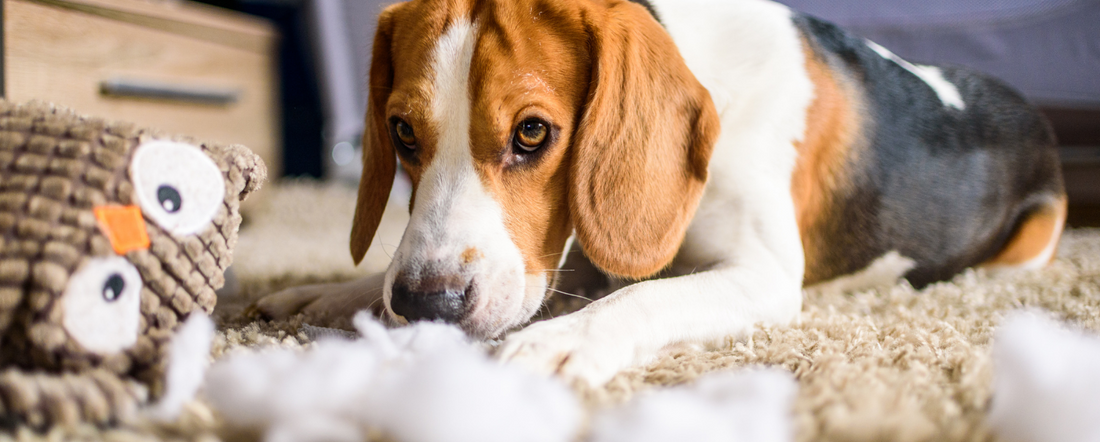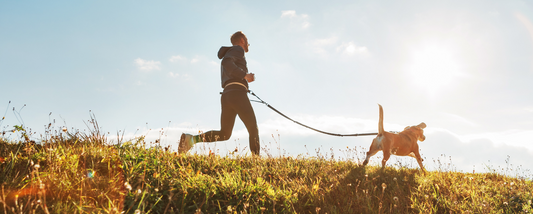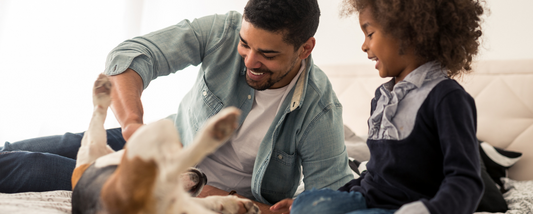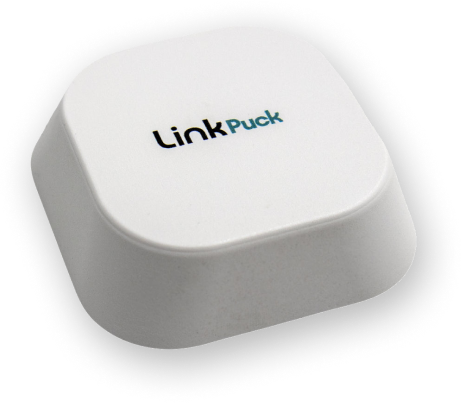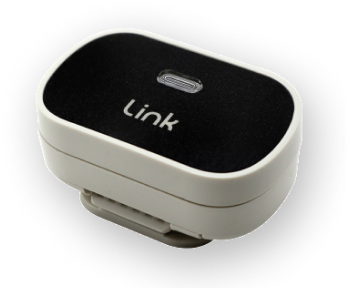Have you ever wondered why do dogs destroy toys? He's merely doing what dogs were born to do, but you can help him overcome this behavior.
Puppies and dogs chew on things throughout their lives. For young dogs, chewing’s a way to relieve the pain of incoming teeth. Older dogs do it to keep their teeth clean and jaws strong. Chewing can also be a great way to help a dog cope with mild anxiety or frustration.
But when puppies and adult dogs engage in what experts call “destructive chewing,” there’s often something else going on.
Why Dogs Destroy Their Toys
No matter what their size or breed, nearly every dog loves toys! But it isn’t normal behavior for them to consistently destroy them. As destructive chewing isn’t without its dangers, it’s worth exploring what might be causing the behavior.
- Do you often return home to “toy disasters?” Dogs who only destroy their toys when left home alone are likely experiencing separation anxiety.
- If your pet is on a calorie-restricted diet, he may chew and destroy his toys in an attempt to find more nutrition.
- Bored dogs who don’t get the physical and mental stimulation exercise brings frequently look for ways to entertain themselves, including destroying their playthings.
Lastly, believe it or not, pet parents often encourage toy destruction! How? Many people find their new puppy’s aggressiveness with toys adorable, so they unknowingly prolong the behavior, and their pet comes to see it as a game.
How to Get Your Dog To Stop Destroying His Toys
Getting your pet to stop destroying stuffed items is essential to his health and well-being. For instance, if your dog eats the stuffing or accidentally swallows the squeak component, he could choke on them. They might also cause a bowel obstruction that requires surgery.
Here are a few tips experts recommend for managing or reducing your dog’s destructive chewing.
- If you’re dealing with puppy teething, this behavior could go on for about six months or so. Instead of stuffed toys he can rip apart, try giving your pet chewable toys you can freeze, which can help numb teething pain.
- If your older dog is destroying his toys, swap stuffed versions out with puzzle toys filled with healthy treats. You can even include some of your pet’s daily ration of food in the toy.
- When you see your dog ripping into one of his toys, gently remove it from his mouth and give him something he can chew. Don’t forget to praise him as you give him the new item. But don’t give him “people items” like discarded cushions and old shoes. It will only confuse him about what's okay to chew.
You might also want to temporarily “dog-proof” your house by putting valuable objects away until you’re confident your pet’s destructive chewing behavior is restricted to appropriate items. Make it easy for your dog to succeed!
Make Playtime Less Destructive
Dogs need to learn what’s okay to chew and what’s not, but they need to be taught in a gentle, humane manner. So, is there anything you shouldn’t do to stop your pet from destroying his toys? It’s counterproductive to spank, scold, or punish a dog after the fact, as he can’t connect the punishment with what he did earlier. Muzzling or crating a dog for destructive chewing isn’t recommended either.Keep in mind that, as they age, many dogs spend less time playing with toys and more time protecting them like a precious family heirloom. If you choose puppy toys wisely, correct and divert your pet when he starts destructive chewing, and give him the mental and physical stimulation he needs, your pet will likely leave his toy-destroying behavior in the past.

